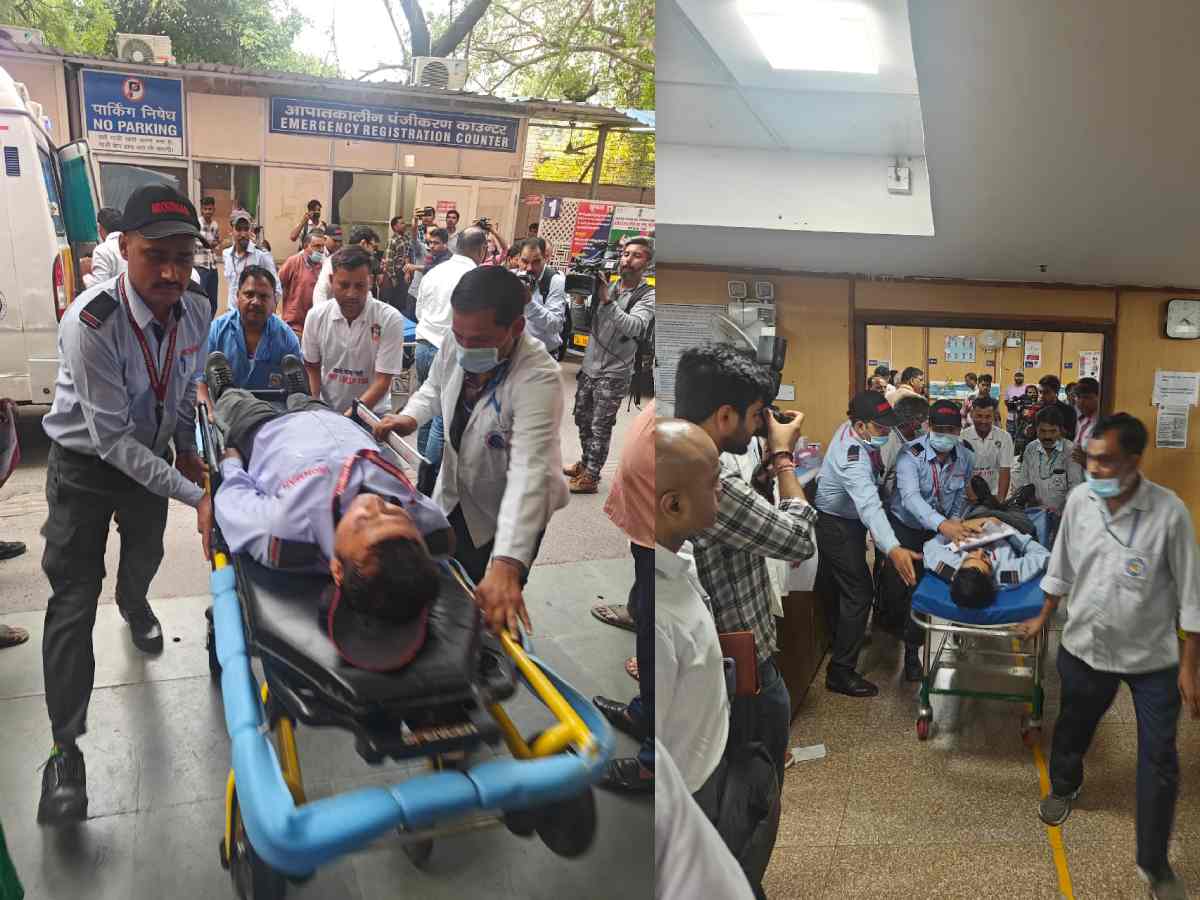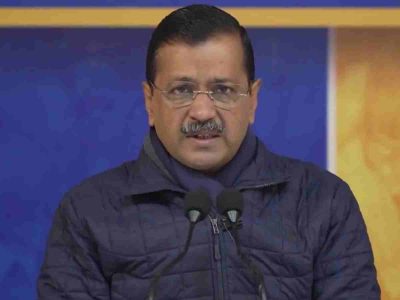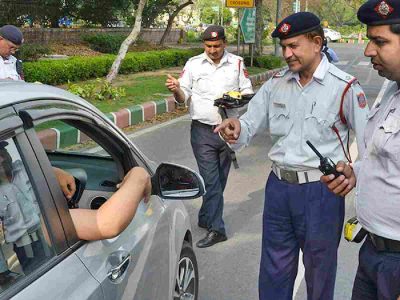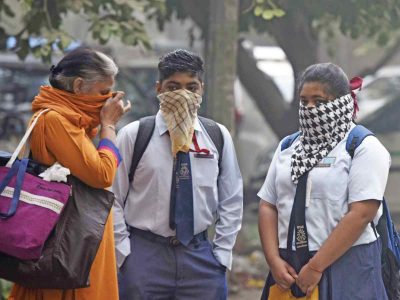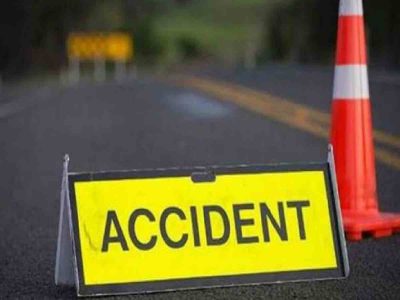Delhi: Amid rising tensions between India and Pakistan following the terrorist attack in Pahalgam, in which 25 tourists and one local pony operator lost their lives, several Delhi hospitals on Wednesday conducted a mega mock drill in the facilities to ensure preparedness in emergencies, as per the Ministry of Home Affairs’ directives.
Safdarjung Hospital
The second-largest central government-run Safdarjung Hospital in Delhi is fully prepared to tackle any emergency in the city, claimed officials.
According to a senior doctor, “We are fully prepared and equipped to handle any adversity. Our Disaster Management Committee stands ready to respond to emergencies with comprehensive protocols and resources in place.”
Also read: Operation Sindoor: India launches precision strikes after pahalgam massacre
Dr Ram Manohar Lohia Hospital
Dr Ram Manohar Lohia Hospital (RML) conducted a high-intensity mock drill simulating the emergency management of 20 bomb blast victims at 4 PM. This full-scale exercise was aimed at evaluating the hospital’s preparedness, response coordination, triage efficiency, and critical care capabilities in the event of a mass casualty incident.
The simulation involved detailed clinical scenarios of blast injuries, including traumatic amputations, penetrating abdominal wounds, blast lung, skull fractures, severe burns, and multi-system trauma. Each victim was assigned a unique profile, requiring multidisciplinary intervention involving departments such as emergency medicine, critical care, general surgery, orthopaedics, neurosurgery, ENT, ophthalmology, radiology, and forensic medicine.
The hospital’s Advanced Cardiac Life Support (ACLS) ambulance services were activated for field triage and transport. Real-time management with imaging, monitoring, and surgical stabilisation was performed as per the individual case vignettes.
Following the drill, a structured debriefing session was held from 5 PM to 6 PM, attended by faculty, residents, and key emergency response stakeholders. Detailed case sheets and management protocols were submitted to the head of emergency medicine for audit and review.
The simulation was designed not only to assess readiness but also to identify system gaps. A comprehensive report incorporating Root Cause Analysis (RCA) and Corrective and Preventive Actions (CAPA) is under preparation and will be submitted to institutional authorities for further action.
However, the largest hospital in the country, All India Institute of Medical Sciences Delhi (AIIMS), did not conduct any mock drill.
Lok Nayak Hospital
The Delhi government’s Lok Nayak Hospital has organised a comprehensive drill for all its doctors and staff to enhance preparedness for air raid situations. The training was focused on handling air raid warnings, managing civilians and students, implementing blackout measures and evacuation protocols, and general safety practices.
The mock drill was followed by a sensitisation programme in the disaster ward. The purpose of the drill is to bolster the safety and preparedness of both staff and the community.
Staff were trained to recognise air raid siren signals—long wails for alerts and short bursts for all-clear—and learn the locations of nearby shelters, such as basements, underground car parks, or designated safe zones. The drill covered teaching children basic emergency response techniques, including how to drop to the ground and cover their heads, identify safe spaces at home, school, or in their neighbourhoods, and perform first aid, such as treating minor injuries or administering CPR.
A key focus of the session was the importance of blackout measures. The staff were advised to install thick blackout curtains or blinds on windows and prepare their homes to function without electricity during blackouts. Practical tips included using dark cloth or cardboard to block light and ensuring that outdoor lights are turned off during drills.
The hospital also recommended that staff test their blackout preparedness by simulating a blackout scenario at home with their families, helping to familiarise everyone with emergency routines.
In addition to personal safety measures, the hospital highlighted the importance of community awareness. It urged the public to report any suspicious activity near critical installations to the authorities. It also advised against sharing sensitive information about local facilities on social media to maintain security.
Also read: Mock drill: Sirens blare, people evacuated at 55 locations in Delhi
Private hospitals all geared Up
Private hospitals also conducted mock drills to respond to any potential emergency.
“Healthcare institutions are integral to the success of these drills, with medical experts ensuring that they are well-equipped to handle emergencies in collaboration with authorities,” said Dr Aashish Chaudhry, Managing Director, Aakash Healthcare, emphasising the importance of disaster readiness.
“We take our role in disaster preparedness seriously. Considering the recent rise in security concerns, especially in the case of any retaliatory measures by a neighbouring country, we have activated our ‘Code Brown’ disaster protocol. This dedicated code is meant to address mass casualty incidents or major emergencies. Our entire team has undergone mock drills, ensuring that all protocols, ranging from emergency medical responses to patient management, are thoroughly practised,” said Dr Chaudhry.
In line with the mock drills, the hospital has implemented specific procedures to ensure a seamless response during a crisis.
Dr Chaudhry elaborated, “During a blackout situation, we have a meticulous system in place where all windows are covered by curtains, perimeter lights are turned off, and all signboards are blacked out. However, one critical factor that will not be interrupted is our emergency services. Even in such situations, our emergency care will continue to function without disruption.”
Anupam Pandey, Director of Asian Hospital Faridabad, said, “We have been proactively engaged in emergency preparedness. As a responsible healthcare organisation, we ensure that our team is constantly trained to deal with various emergency scenarios, including blackouts and other contingencies. Our hospital regularly conducts mock drills to assess our readiness and response times. We view these drills not only as a safety measure but as part of an ongoing training process to enhance the efficiency of our front-line workers.”
Dr Sunita Kapoor, Director, City X-Ray & Scan Clinic, also echoed the sentiment of preparedness. “We have shared all the relevant safety protocols and emergency procedures with our team through comprehensive training. We understand the gravity of the current situation and are ready to respond swiftly, should the need arise,” she said.
Dr Kapoor further highlighted that several senior faculty members who had firsthand experience of a similar situation during the 1971 conflict had provided invaluable insights. “We have incorporated both online and offline training, including audio-visual aids, to ensure everyone is prepared for any eventuality,” she said.
“The mock drills are a preparedness exercise. There is no need to panic because of the drills,” said Dr Praveen Gupta, Principal Director and Chief of Neurology, Fortis Hospital.

